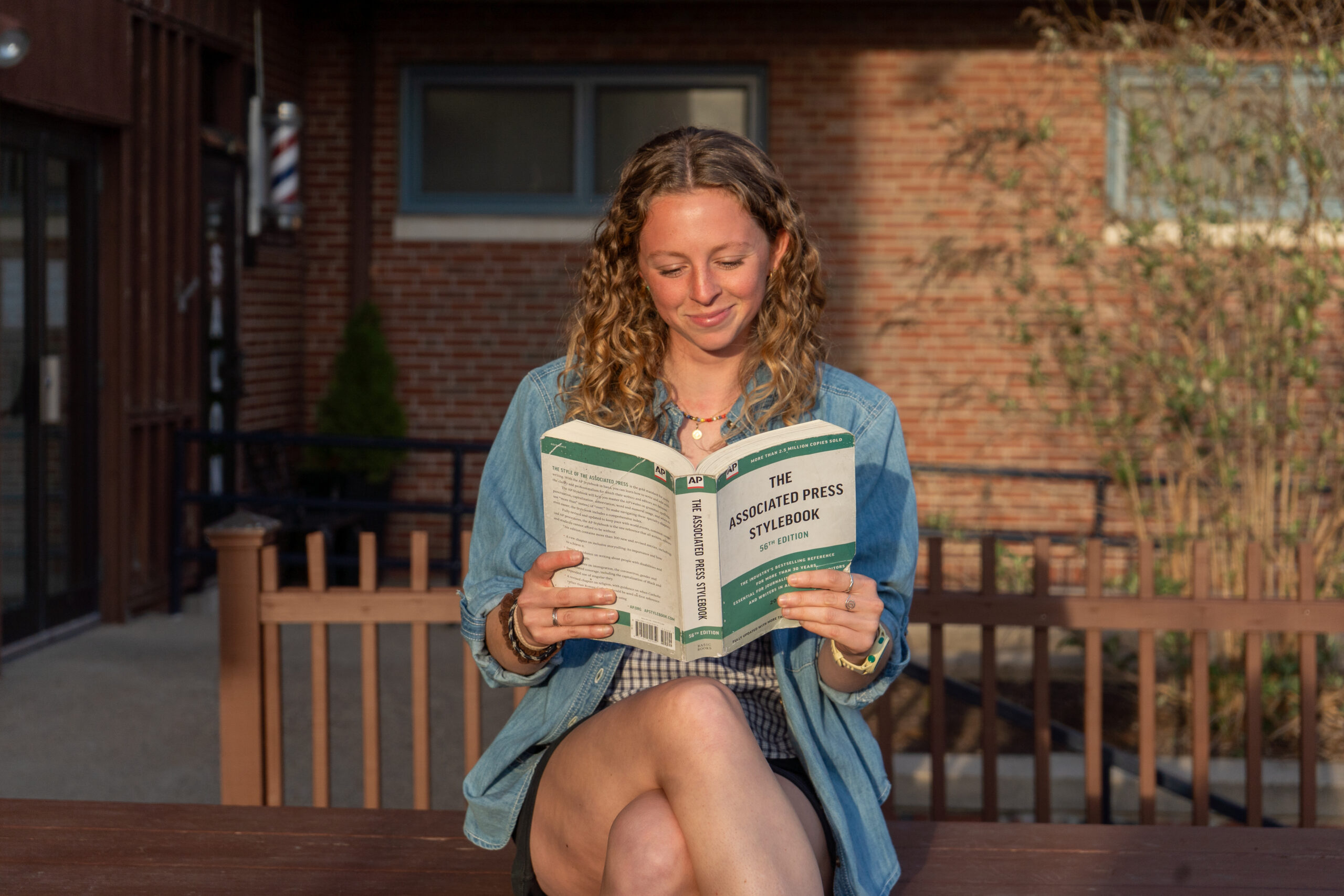For any college, it is important to create a visually pleasing campus as well as one that functions to help students learn and eventually graduate with degrees of their own. Doing that requires a massive effort from a team of dedicated maintenance workers in order to maintain a large sprawling campus like the University of Rhode Island Kingston Campus. Sometimes, however, certain priorities in maintenance work can outweigh others. Too often one of the these priorities can have an ecological impact on a large campus and surrounding areas in which they are situated. Often these decisions not only impact the campus, but also the surrounding towns and areas, and that impact isn’t small.
The White Horn Brook is seen by almost every student walking to class everyday, through connections of ponds, streams, and runoff from the many parking lots on campus. It is an important part of campus because it takes all the excess water, and drains it away. This water drains away from campus and into ponds and lakes outside of campus, but within the drainage system, sometimes the waterways often become impaired with various debris.
As students we have concerns not just about the debris like newspaper and plastic in the water, but also the effect and stress such a blockage can have on the measures designed to prevent floods. Walking around the campus and following the White Horn Brook through campus, there are ponds with tubes that have been blocked with debris, weakening the small dam and not allowing for the proper preventive flooding measures.
It is not just the function we as students are concerned about, it is how many of us view the Brook because of lack of proper care of a brook such as this. This brook runs through the heart of campus and through the many dorms on campus. In the large pond there are many of invasive species that can prevent the growth of healthy species of plants. Grass is often mowed to the edge of stream, which prevents the growth of grasses that helps with erosion that has been affecting the stream areas around campus in recent years.
But it’s more than just the environmental concerns. This site should be a centerpiece of campus, something that prospective students should be able to go to see and enjoy the stream. As students, this should a tool used for learning, and it often is, but for what shouldn’t be done to help protect the environment.
The brook is often filled with trash and debris, too much for the patience to be able to clean and remove daily, and invasive species of plants, with little to no grass on the banks, making an unhealthy ecosystem, and an unappealing view.
We as students are asking why the Brook is this way? Why has it not become a priority when it’s maintenance can affect us all? And most importantly, how can we as students and as citizens of Rhode Island, work to fix a natural beauty? This is something that affects us all: faculty, staff, and students, as well as the citizens of South Kingstown and surrounding areas. Though it is up to all of us, we as students need to start asking these questions now so we can begin to fix the problem together.
Lucinda Gonzales and Bethany Reyan
GCH 103H



